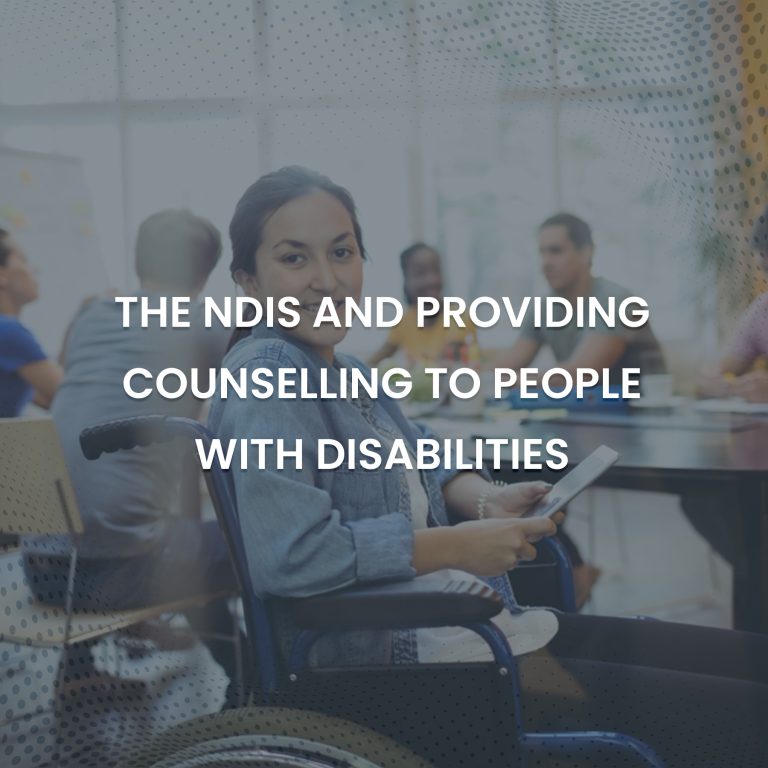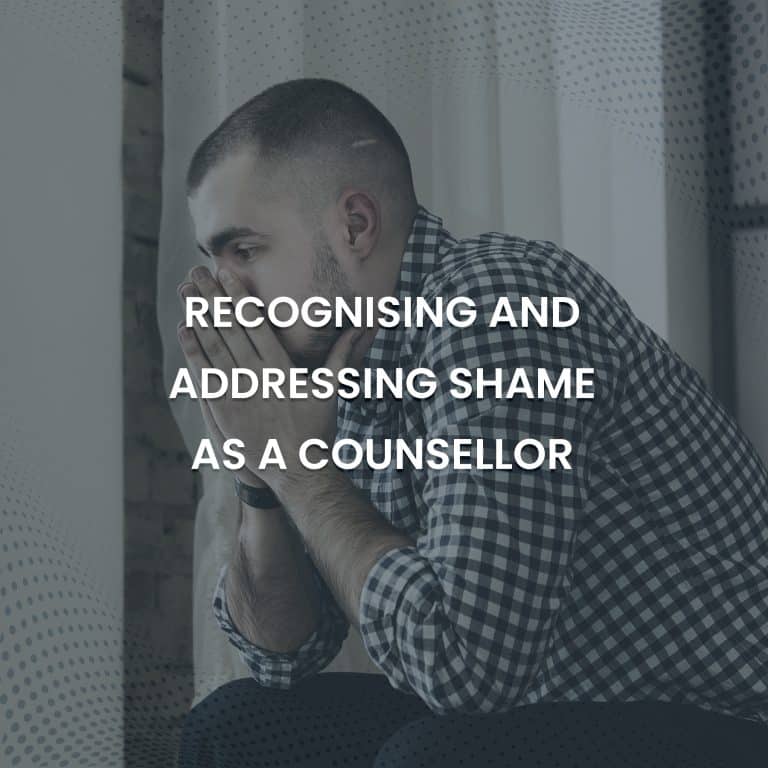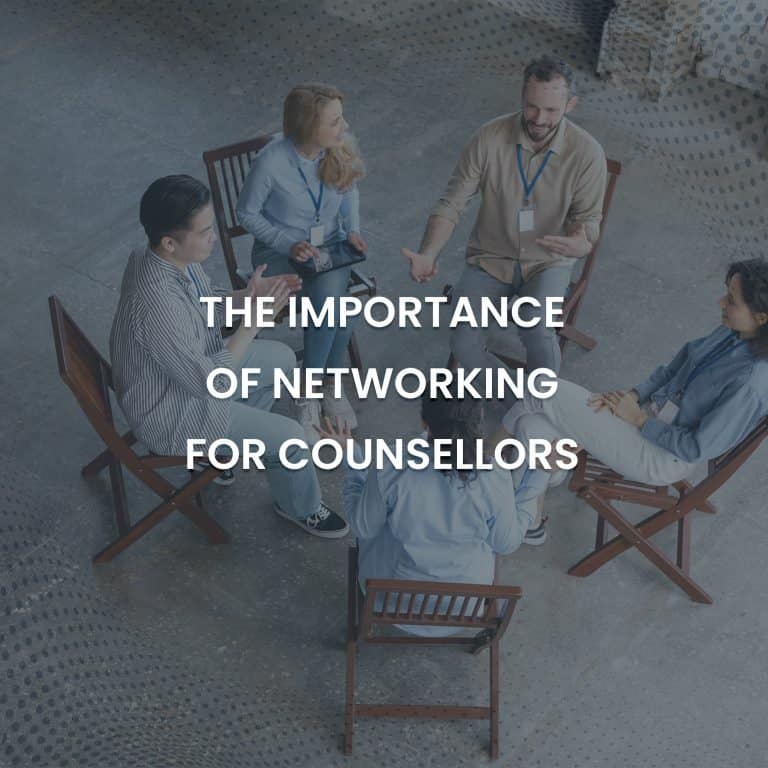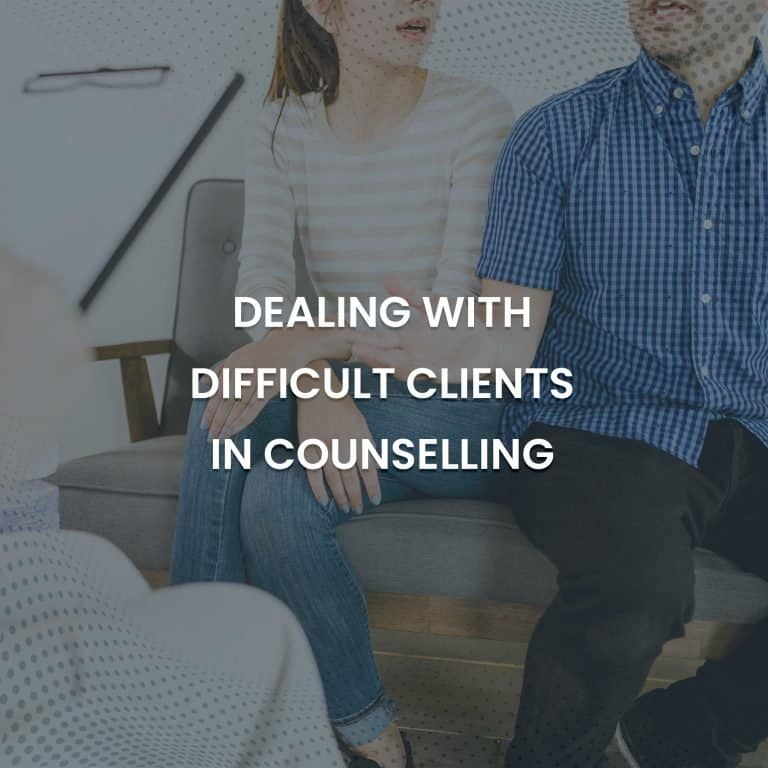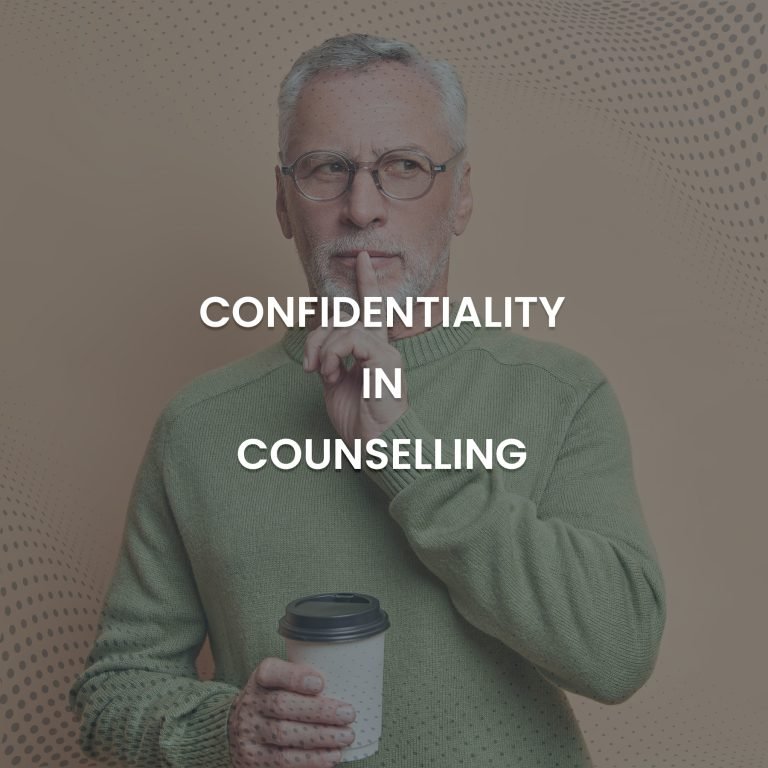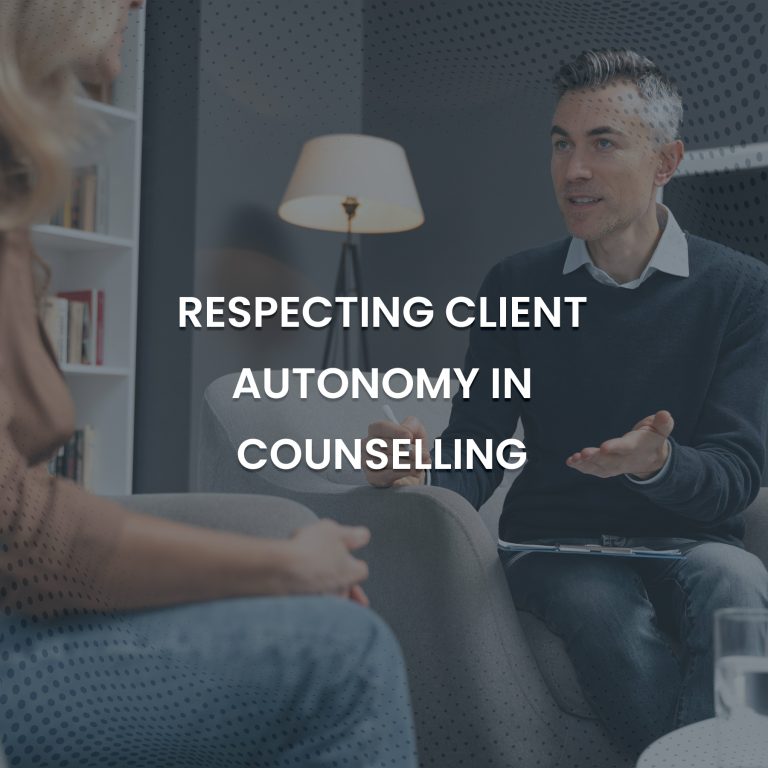
The difficulty in addressing shame is that it can be so heavily concealed. Shame is not necessarily always traumatic or terrible for us. Feeling shame can help us towards development and maturity, but internalising it continuously is not positive for anyone. People can carry deep shame for a long period that even those close to them may not be able to recognise it.
Identifying shame
The task of identifying shame as a counsellor is not helped when it is already permeating the session. Clients often having an additional layer of shame because of stigmas around mental health and seeking counselling. Shame can easily be missed because it is an emotion that clients instinctively want to hide even in the privacy of the counselling space. As obvious as some of the following signs seem to be, shame can be easily overlooked in counselling.
Some of the more noticeable indicators of shame can include lack of eye contact, avoiding topics/issues, stammering, constricted voice, slumped or tense posture, and self-depreciation. Shame can also be hidden underneath other emotions that are displayed to disguise it, such as anger, envy, and contempt. Some respond with arrogance, blame, or contempt. Clients may demonstrate narcissism in order to hide their shame and vulnerabilities. Other cues to watch out for include hesitation, soft speech, mumbling, and silence or long pauses.
Approaches and treatments
Clients need help in the process of identifying the shameful emotions they are experiencing, especially those who are not aware or fully conscious of it.
Brené Brown’s shame resilience theory believes the best approach for responding to shame is to recognise the internal and external factors that have led to it and then have a discussion on the feelings of shame. Resilience to shame has four components:
- Recognising what triggers the development of feelings of shame
- Critical awareness and recognising external factors to shame, such as cultural and interpersonal influences
- Sharing and connecting with others
- Discussing and deconstructing feeling of shame
Shame is often born from a traumatic experience that can cause a person to feel guilt and shame, and it’s crucial that the help offered to them is sensitive to this and addresses the root cause of their shame. Treatment options include and are not limited to:
Cognitive behavioural therapy (CBT): CBT helps in understanding thoughts, emotions, and behaviours as well as how they are connected. It seeks to weaken traumatic thoughts and emotions.
Prolonged exposure (PE): steadily exposing a person to gradually increasing amounts of stimuli linked to the trauma. The goal is to remove the power of the trauma event to reduce the emotional severity of shame, guilt and anxiety.
Cognitive processing therapy (CPT): occurs over 12 sessions when a person talks about their trauma, works to understand how it affects their emotions and behaviour and implements strategies to control sham and other trauma effects.
These treatments can also be effective for other forms shame, like shame due to depression. Other techniques that could help include compassionate mind training (CMT) which teaches self-compassion to very self-critical people, and emotionally focused couples therapy (EFCT) which fosters connection among couples and helps with shame related to relationships or that negatively affects closeness.





